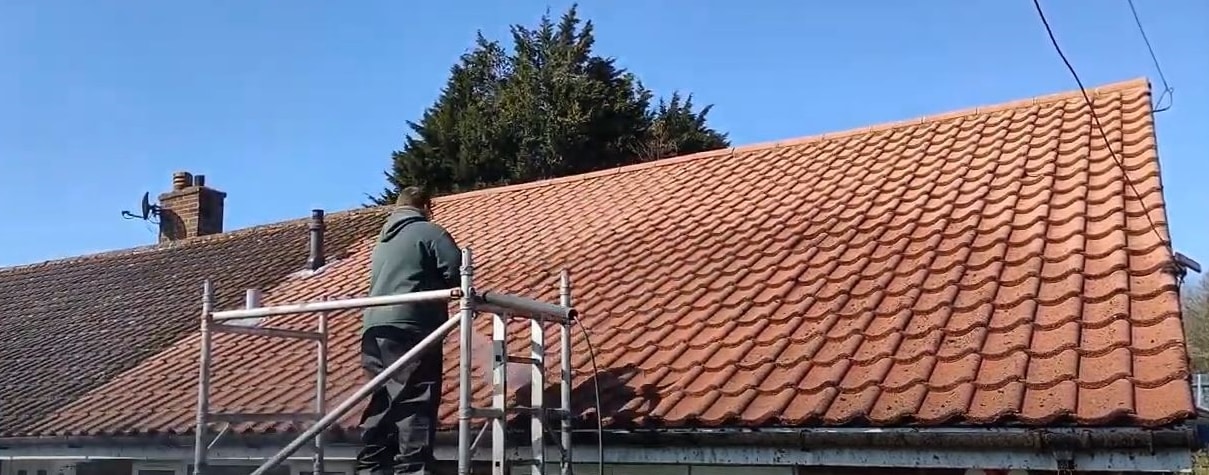Cleveland City Council’s changes to residential tax abatement plan aim to encourage more home renovation
5 min read
CLEVELAND, Ohio – Cleveland City Council users Tuesday dialed again some features of Mayor Justin Bibb’s proposed overhaul of household tax abatement, specially when it comes to the renovation of present houses.
The alterations accepted by Council’s Advancement, Setting up and Sustainability Committee would grant larger assets tax relief than Bibb experienced pitched for the transforming of 1-, two- and a few-family households.
Bibb’s proposal sought to ditch the city’s longstanding 1-measurement-matches-all solution to tax abatement, which for several years has allowed residence owners to shell out no added assets taxes for 15 several years on new house design and substantial renovations of current properties.
To substitute that tactic, Bibb taken care of the 15-yr abatement, but sought to grant varying ranges of home tax relief for households dependent on their areas. Beneath his program, homes in neighborhoods with potent housing markets would receive 85% abatement, properties in “middle” sector neighborhoods would get 90%, and properties in neighborhoods with the weakest housing markets (referred to as “opportunity” areas) would nonetheless have been eligible for 100% abatement. Bibb’s system also capped the abatements, in which tax relief would only utilize up to a certain threshold in property benefit.
But council associates, more than the class of a 4-hour listening to, tossed that methodology for renovations, opting as a substitute for a 100% abatement for the remodeling of 1-, two-, and a few-family residences, no make any difference their place. They also did away with the cap for remodeled properties.
The committee also tweaked tax aid for the renovation of significant housing developments comprised of 4 or a lot more households, ratcheting it up to 100% abatement for these residences in “middle” markets. Those people marketplaces — which incorporate parts of Lee-Harvard, Previous Brooklyn, Kamm’s Corners and North Collinwood neighborhoods – are currently mainly comprised of solitary-relatives residences, instead than larger sized, denser housing developments witnessed in other places in the metropolis.
Council’s improvements have been aimed at encouraging far more rehabilitation of the city’s getting old housing stock, an possibility far more reasonably priced and environmentally-welcoming than constructing new residences. They also sought to discourage builders from demolishing current properties to build anew in pursuit of tax gains, Councilman Kerry McCormack stated.
The committee left intact a lot of other factors of Bibb’s overhaul.
For case in point, it managed the lessened, 85% abatement for residences in the city’s hotter markets that have been the big beneficiaries of the tax abatement in new yrs, these types of as the In close proximity to West Aspect, University Circle and downtown. And it maintained a local community positive aspects provision that would need multi-family members structures to set apart some models as affordable housing or pay into a metropolis have faith in fund that would be made use of to assist reasonably priced housing.
But the committee created other modifications on Tuesday, like:
*A ban on abatements for houses made use of as AirBnBs or other small-term rentals, which means the town could revoke abatements on residences if they are utilized for this kind of purposes. McCormack backed this improve, saying the system is meant to address household housing, not business ventures akin to inns.
*Allowing entrepreneurs to get tax relief on a home’s value up to $450,000 in “opportunity” spots, for a single- to a few- family members residences. (Elsewhere in the city, the cap would continue to be at Bibb’s proposed $350,000.)
*Demanding the city to track the demographics of applicants and occupants of abated developments, a transform which tried to tackle considerations that inexpensive units are not essentially becoming rented to their intended targets.
*Requiring the Bibb administration to report on how the new tax abatement is doing work out, when it’s in spot for 18 months. (Committee Chair Anthony Hairston reported that report would support council come to a decision irrespective of whether to improve the coverage or keep on it as-is.)
Hairston mentioned other modifications are potentially in the operates, including kinds that would:
-Strengthen tax incentives for new construction in center-market place neighborhoods
-Offer far more added benefits for older people that would assist them afford to pay for to stay in their households as they age
-Create a more powerful appeals approach for builders
-Provide much more incentives for developments that couldn’t materialize without having an abatement
-Tweak the map that defines which parts are thought of robust, center and “opportunity” marketplaces
Council’s variations are a reaction to what members observed as numerous flaws in Bibb’s proposal.
Many members have been worried that unique locations of the town were being categorized improperly by marketplace sort. Aged Brooklyn Councilman Kris Severe, for example, described one particular space that’s property to a trailer park, which the city considered a “strong” market.
The city partnered with scientists from Situation Western Reserve University to draw up the latest map, which utilized a details-driven solution and regarded as variables like property sale costs, density, the age of the households, foreclosures and demolitions in analyzing industry variety.
(See an interactive model of the map below.)
Hairston indicated that any of council’s changes to the map would be qualified and surgical, instead than wholesale.
Severe also noticed troubles with the city’s tactic to middle-current market regions, which are on Cleveland’s fringes. In the meantime, he noted, powerful marketplaces and “opportunity” markets intertwine and butt up against a single a further during the city’s core.
“We’re likely to notify a developer that they can go from 85% superior-current market price and practically cross the street [into an ‘opportunity’ area] to get 100% abatement. But they should not go to the edge, mainly because they’ll only get 90%” Harsh explained. “We’re disincentivizing financial commitment in people center neighborhoods.”
Councilwoman Jenny Spencer, whose ward consists of booming regions of Detroit-Shoreway and weaker regions, raised a distinctive worry about the abatement cap. With it in location, she foresees progress “quickly” flowing from sizzling parts in Detroit-Shoreway into adjacent weaker areas and displacing people there.
Council will possible glance to approve any additional modifications and the full policy as early as Monday, which is council’s final-scheduled assembly just before the policy expires June 4.







.jpg)